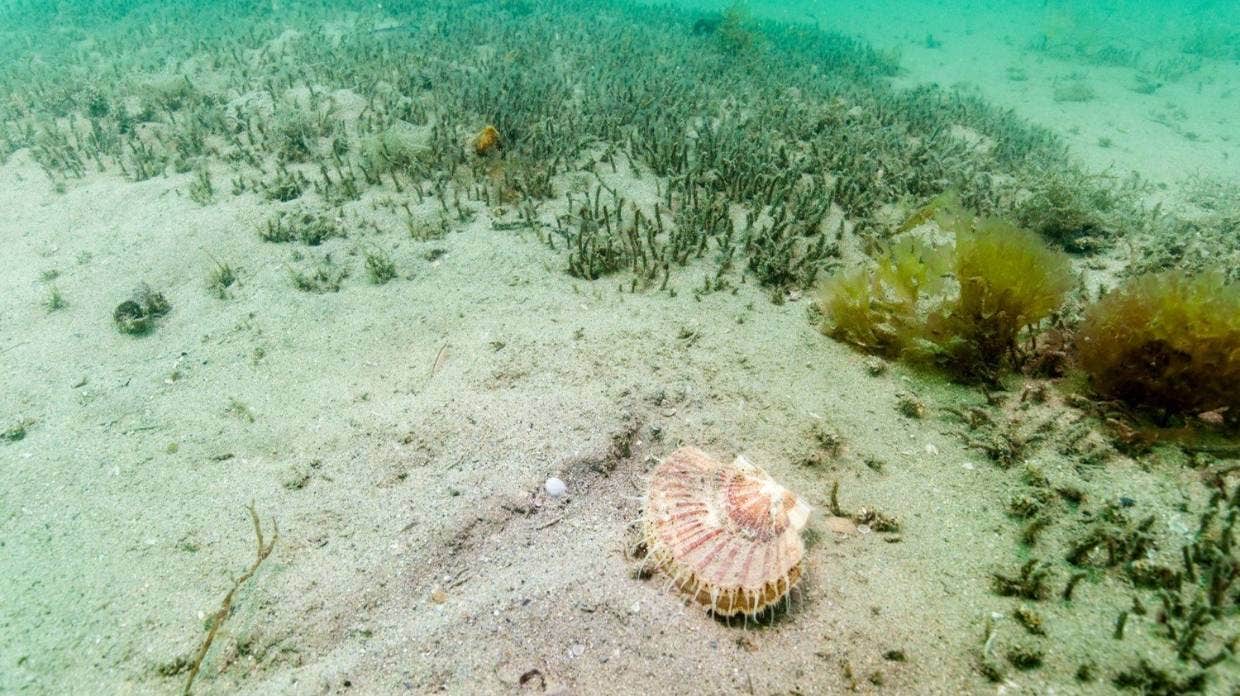With scallop numbers in the Hauraki Gulf declining, support to protect the last remaining beds continues to grow.
Many local organisations showed their support for a rāhui placed on all scallop harvesting by Ngāti Manuhiri down the east coast of North Auckland.
The Ngāti Manuhiri rāhui area spans from Bream Tail down to Okura River mouth, encompassing Great Barrier and Little Barrier Islands, and applies to commercial, recreational, and customary harvesting of scallops.

A dawn ceremony to lay a rāhui tapū was held on Waitangi Day at Tāwharanui regional park, with our LegaSea crew attending the ceremony.
The action by Ngāti Manuhiri is a good example of mana whenua working alongside local organizations fighting together to protect the remaining scallop beds. The combination of destructive scallop dredging moving further North and environmental pressures mean scallop numbers have been declining.
“As recreational fishers we have seen the damage caused by dredges and we wholeheartedly support the need to stop harvesting of scallops for a while. Simply, we need to give these beds a rest. This is why The New Zealand Sport Fishing Council has dedicated a lot of resources to supporting the establishment of rāhui around the country,”
– New Zealand Sport Fishing Council President Bob Gutsell.
This is the third rāhui on scallop harvesting in the Hauraki Gulf Marine Park over the last two years. The rāhui and community initiatives imposed around the Gulf have prompted the Government to assess the state of scallops for the first time in 10 years, sending a strong message that scallop dredging must make way for more alternative harvest methods that have minimal impact on the seafloor and scallops.
LegaSea is encouraging its supporters to get behind the initiative as mismanagement of scallops is a nationwide issue, and a closure on Gulf scallop harvesting will give Gulf scallops a chance to recover.





